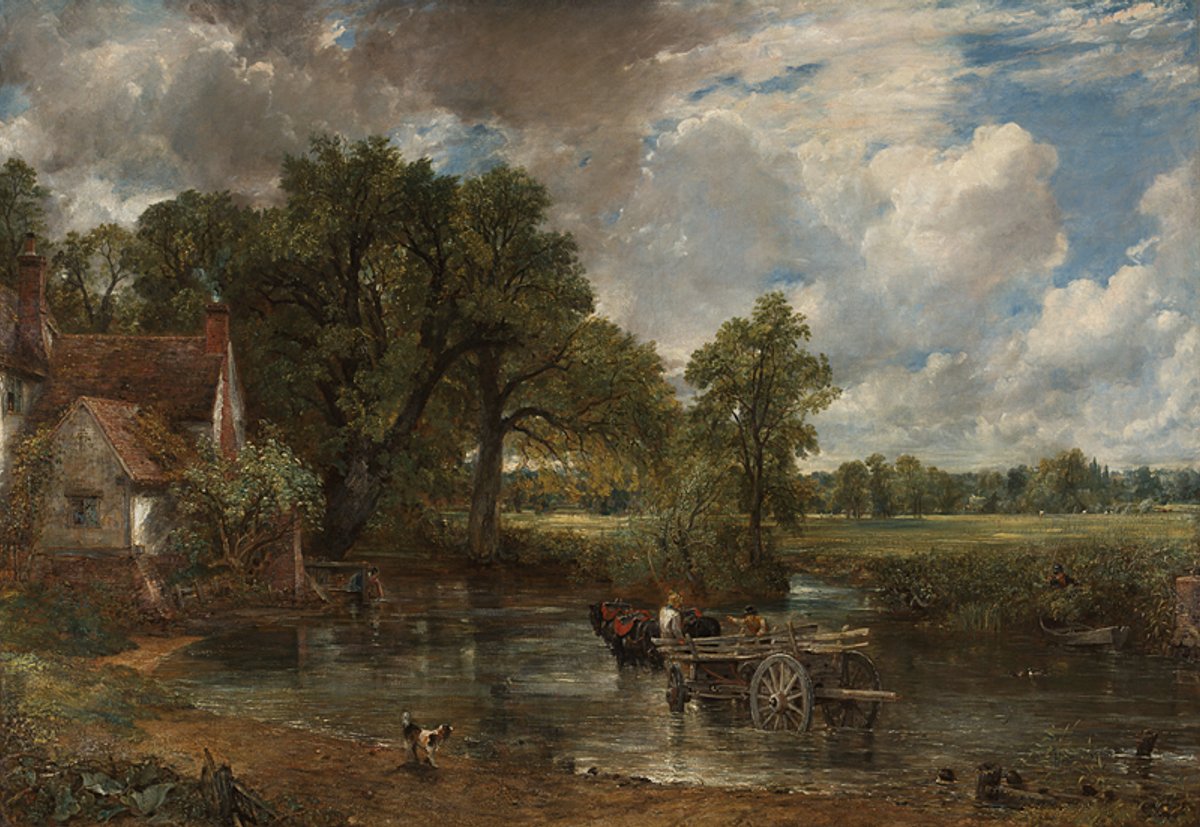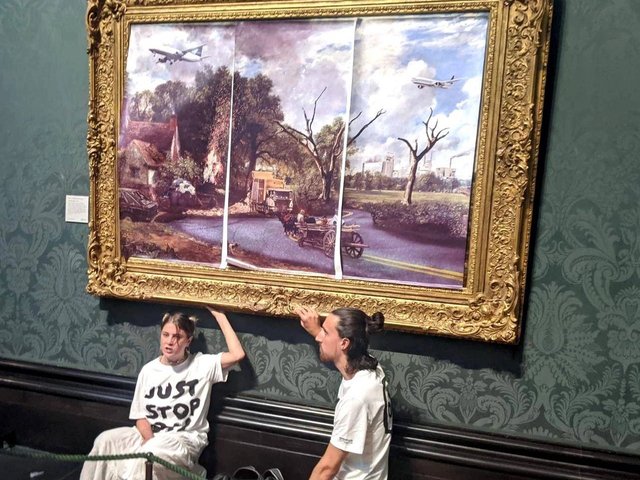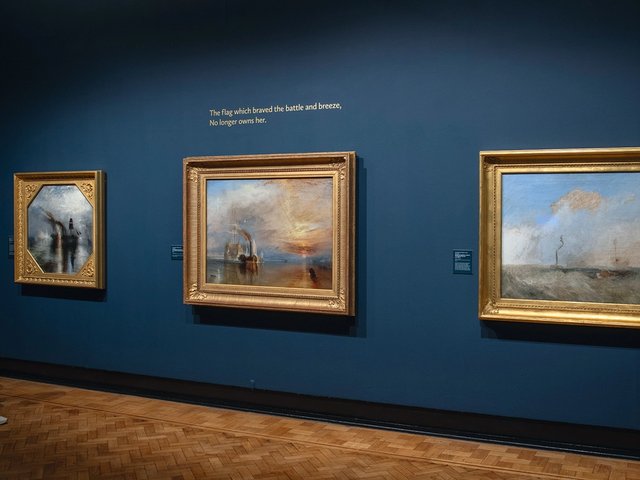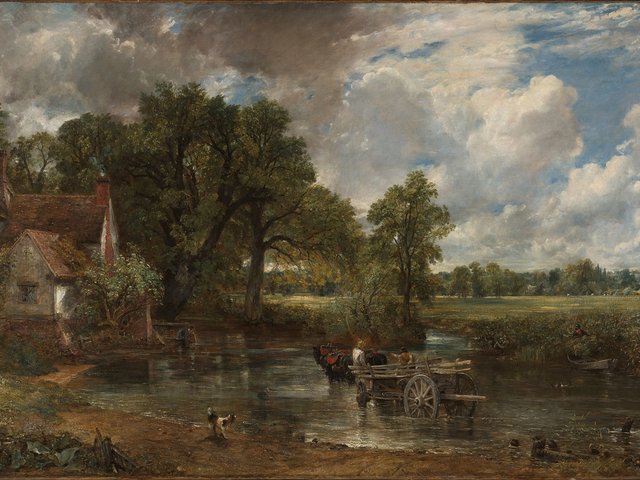A masterpiece of British art, John Constable's The Hay Wain (1821), will go on show next year in Suffolk, east England, to mark the 250th anniversary of the artist’s birth.
The famed painting, which was made in Constable’s London studio, will be shown in the artist’s home county for the first time as part of the exhibition Constable: Walking the Landscape (11 July-4 October 2026) at the Christchurch Mansion in Ipswich. The 19-century work, which depicts a rural scene near the River Stour, will be on loan from the National Gallery in London as part of Colchester and Ipswich Museums' Constable 250 project.
In Ipswich, The Hay Wain will be reunited with preparatory sketches drawn from the Ipswich collection. The painting will also be shown alongside “significant loans” from the Tate, the Victoria and Albert Museum, the Royal Academy of Arts and the National Galleries of Scotland.
The Hay Wain refers to the wooden wagon (wain) used for transporting cut and dried meadow grass (hay). The house on the left in the picture was owned in Constable’s time by the tenant farmer Willy Lott. The quintessential English vista has graced mantelpieces and kitchens across the country for decades, emblazoned on prints and tea towels.
Two other exhibitions at Christchurch Mansion also form part of the Constable 250 project: Constable: A Cast of Characters (28 March-14 June 2026), which features objects and figures who inspired the artist, and Constable to Contemporary (24 October-28 February 2027) which “juxtaposes Constable’s ongoing artistic and cultural relevancy with contemporary responses to his art”, according to a project statement.
Constable 250 is supported by the National Lottery Heritage Fund. The project is also supported by the Weston Loan Programme, an initiative launched by the Garfield Weston Foundation and Art Fund charity.
In 2022 environmental activists from the group Just Stop Oil glued themselves to The Hay Wain at the National Gallery.






